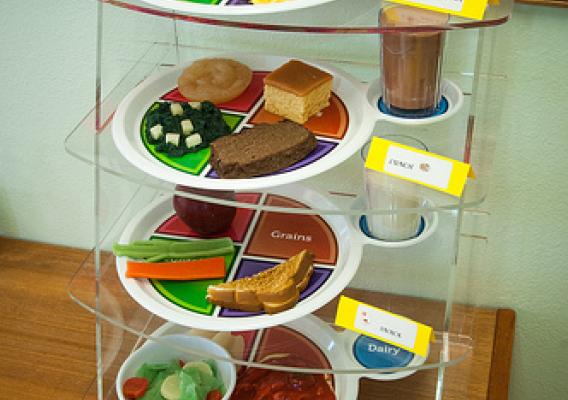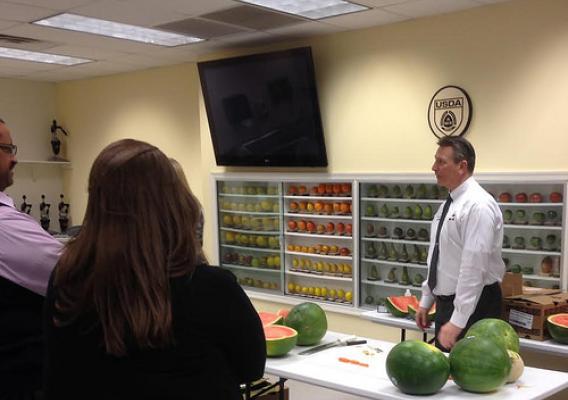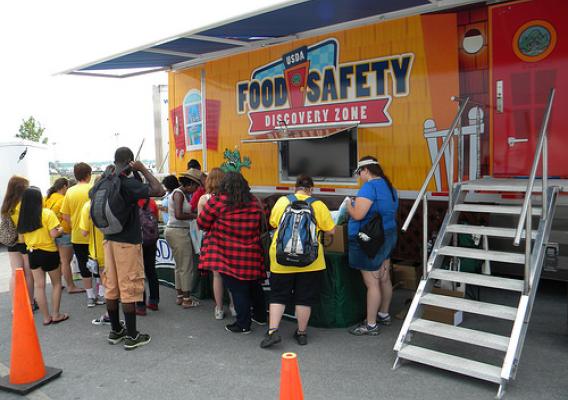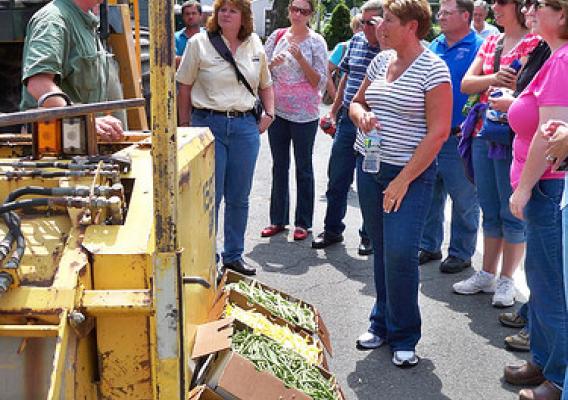Each and every school day, over 30 million children participate in USDA’s school meals programs; many of these children consume two or more of their daily meals at school. There’s no denying that school food plays a critical role in children’s diets, and USDA takes this responsibility very seriously. We are committed to doing our part to ensure a healthier next generation!
Given public concern about our children’s current and future health, USDA has issued updated school meal standards stemming from the Healthy, Hunger-Free Kids Act of 2010. These science-based standards call for increasing fruit, vegetables, low-fat dairy products and whole grains, while at the same time limiting less healthy fats, sugar, sodium and excess calories. Schools across the country are stepping up to the plate. In fact, about 90% of schools across the country are already meeting the updated standards! That’s not to say that their work is done. Some schools have found that they lack the necessary equipment or tools to prepare healthy meals for all students.









